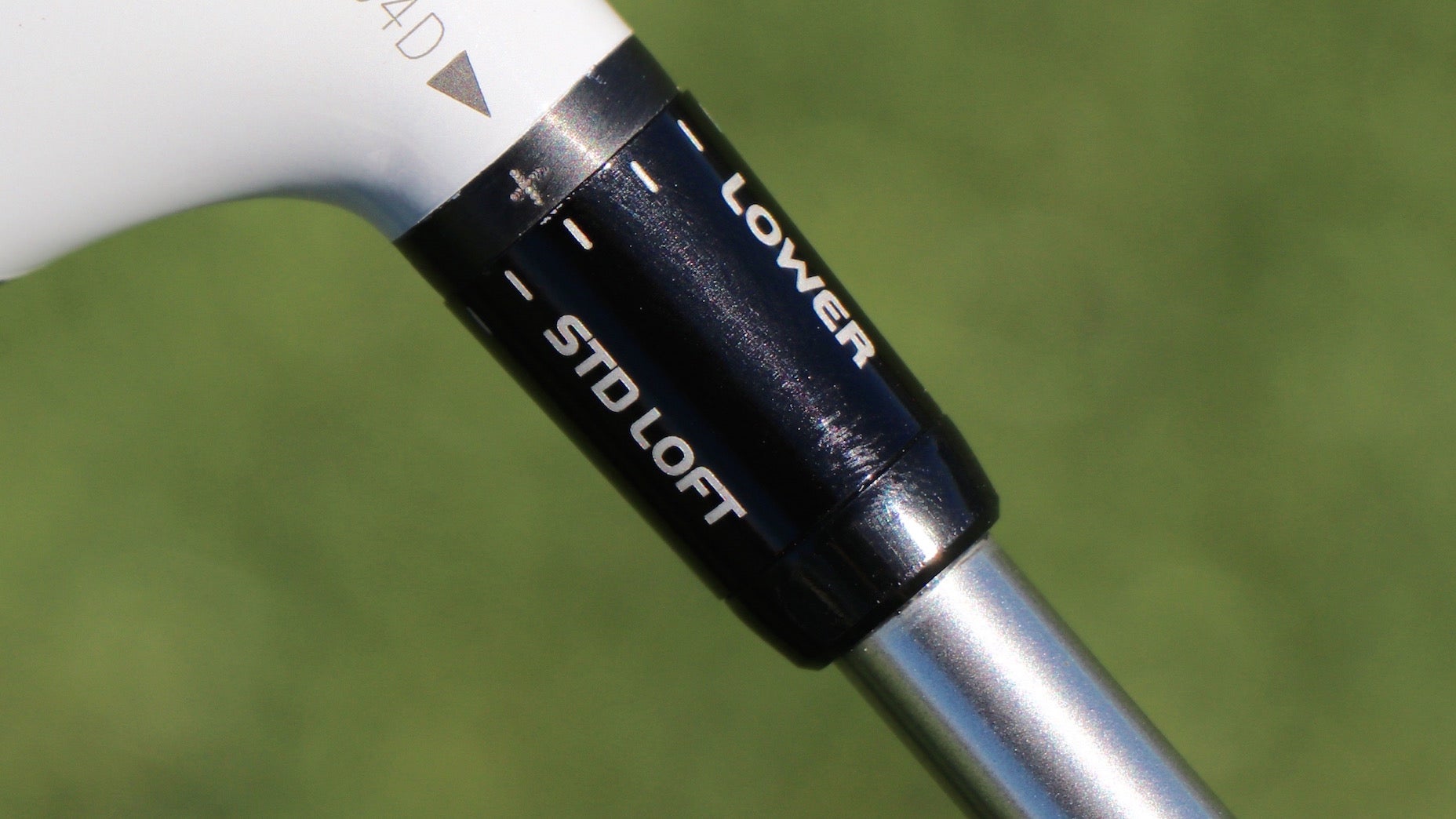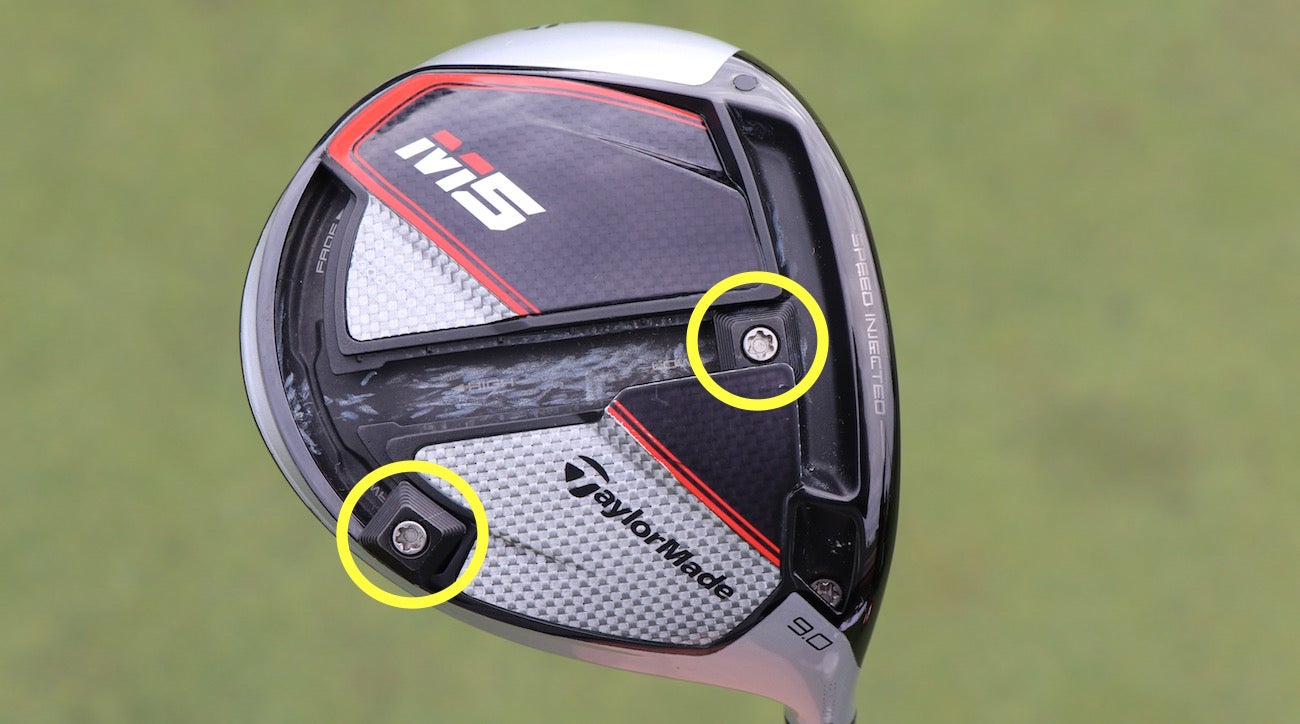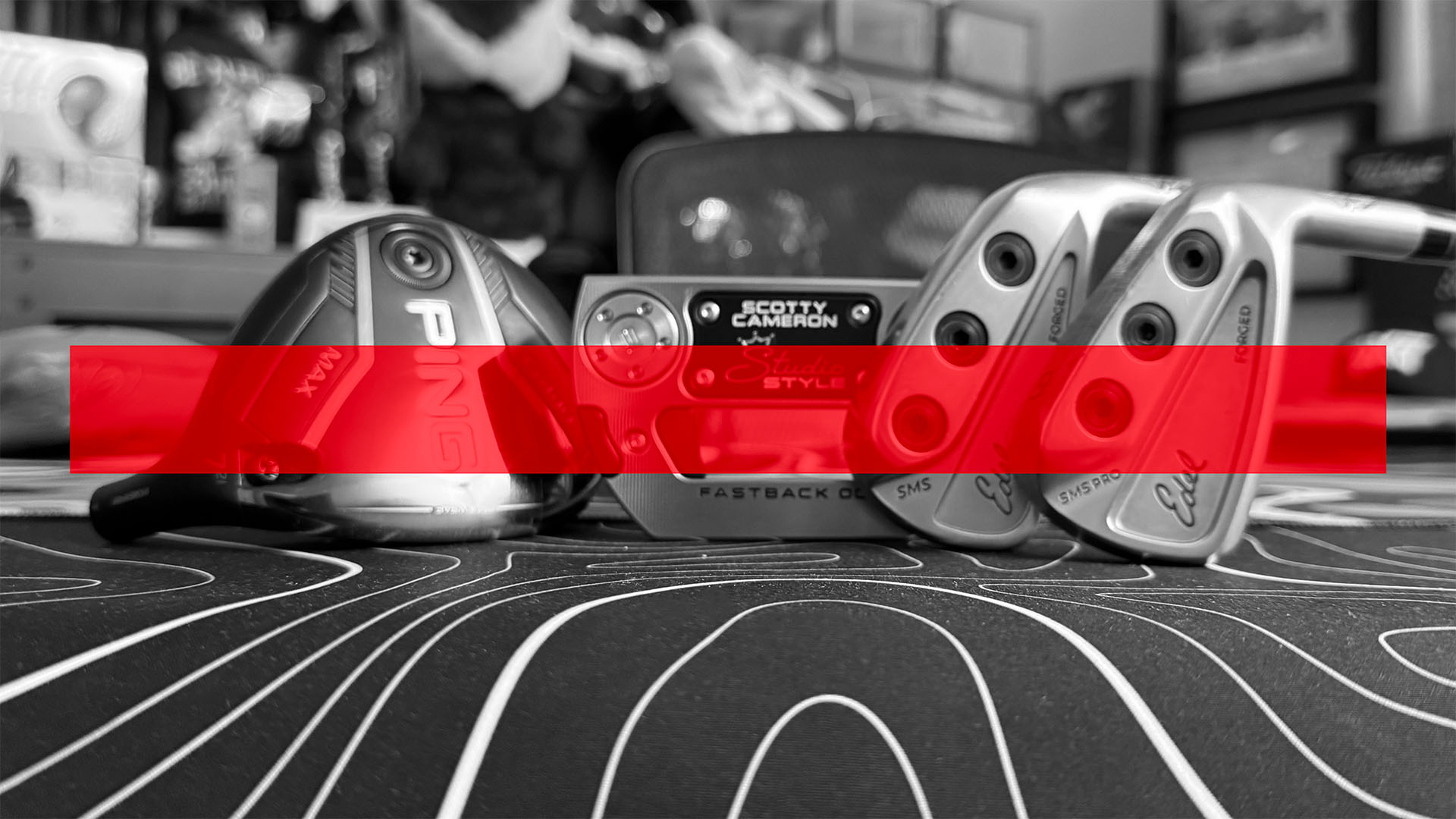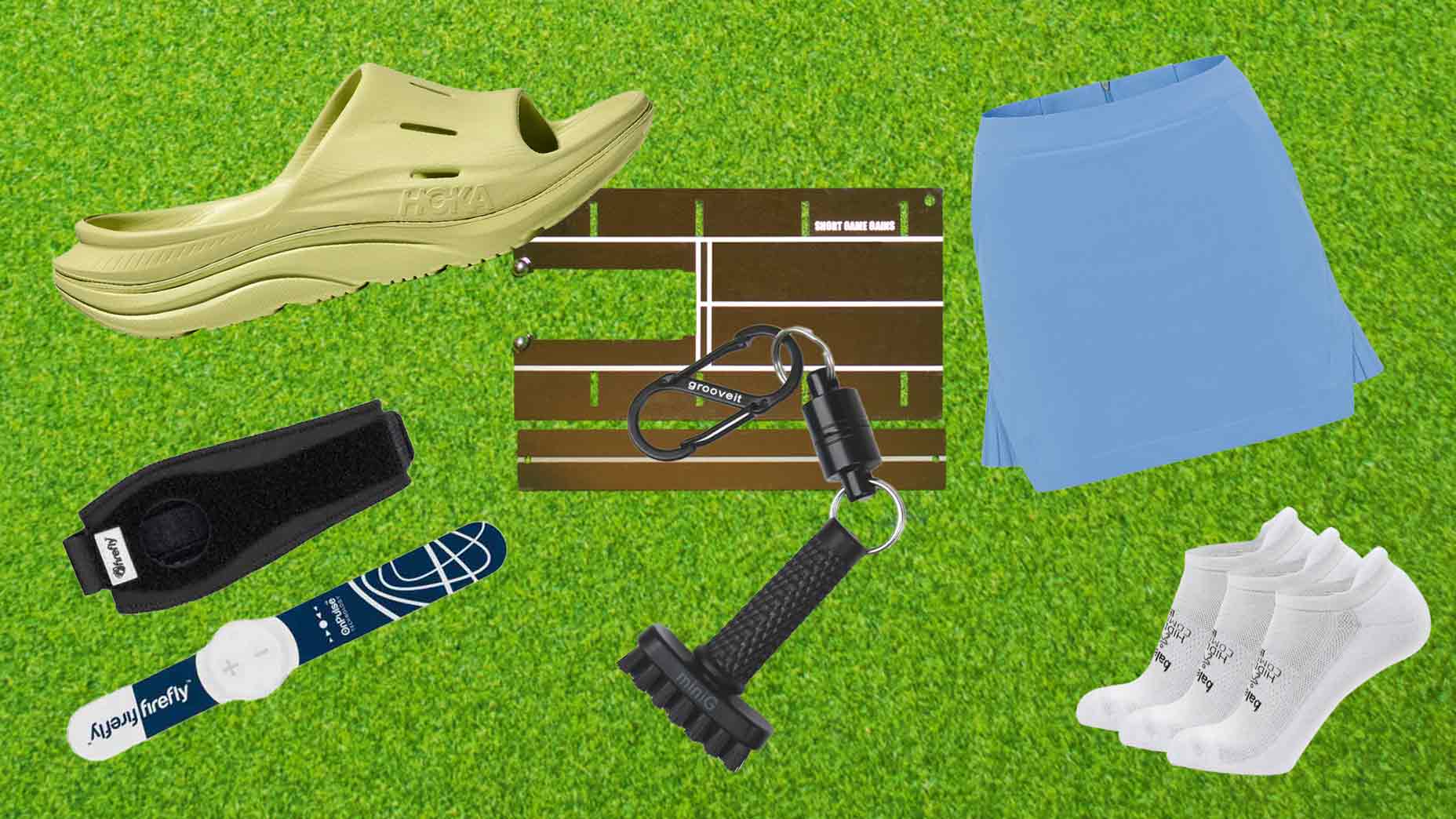Golfers exist on a wide spectrum when it comes to equipment, ranging from die-hard gear heads to those who can barely tell a putter from a hybrid. And that’s ok, because we all play golf for different reasons and have different goals within the game. Some golfers want to have the latest and greatest equipment no matter the cost. Some golfers are loyal to one brand, whereas others love to tinker with clubs from different manufacturers. Some don’t care about equipment at all as long as the beer is cold. Others simply want to play their best round ever. I’m not here to tell you how to live your life or how to play golf; if you love the game then I’m with you either way.
My only goal with this article is to help inform our golfing audience about how to better prepare for success when it comes to their equipment. Below, I’ve compiled 7 suggestions I have for golfers who want to play better. Hopefully this helps!
1) New doesn’t always mean better
When your golfing buddy comes to the first tee with a brand new $500 driver, or a fresh set of irons, it’s easy to think it might be time for an upgrade yourself. Remember, though, golf is about getting the ball in the hole quickly, not about having the newest or even the longest clubs.
New technology comes out every year, so there will always be a bigger or newer or better club ready to hit the market. Your job, as an equipment consumer, is to find the right equipment for your game that allows you to score your best. There’s nothing wrong with buying new equipment every year, but it’s important to make sure it’s equipment that actually helps you improve.
Ping fitting expert Marty Jertson recommends using a 3:1 ratio when it comes to a new driver. That means for every 3 yards you pick up with an equipment change, you can withstand 1 yard farther offline on average. If the club isn’t providing significantly better performance in both distance and dispersion, it may not be worth the money.
2) Adjustability is there to help
When you get into a new car, what’s the first thing you do? If you’re like me, you adjust the seat and the mirrors so you’re comfortable and in the proper position to drive safely. It should be no different when buying a new driver. Most new age drivers come with CG (center of gravity) adjustable weights and adjustable hosels that help you dial in the exact look, feel and trajectory bias.
Many golfers, however, simply buy a new driver and play it in its stock settings. Without adjusting the driver for your swing, what are the chances those settings are right for you?
Gear 101: What is “CG” of a golf club and why does it matter?By: Andrew Tursky
If you’re confused with all the bells and whistles of your new driver, I get it. There’s a lot going on if you don’t know what you’re looking at. My best suggestion is to first read up about your driver and the different settings – you wouldn’t try to put together an IKEA desk without first reading the manual, right? Then, after troubleshooting the driver for yourself, consult a local club fitter or teaching professional to find the right setup for your swing. Describe to them your common misses and what your preferred ball flight is. Brand agnostic fitters, such as GOLF.com’s sister company True Spec Golf, can help immensely in getting the right driver in your hands, with the correct settings that match your swing and preferred feel.
3) Putter design can impact whether you make or miss putts
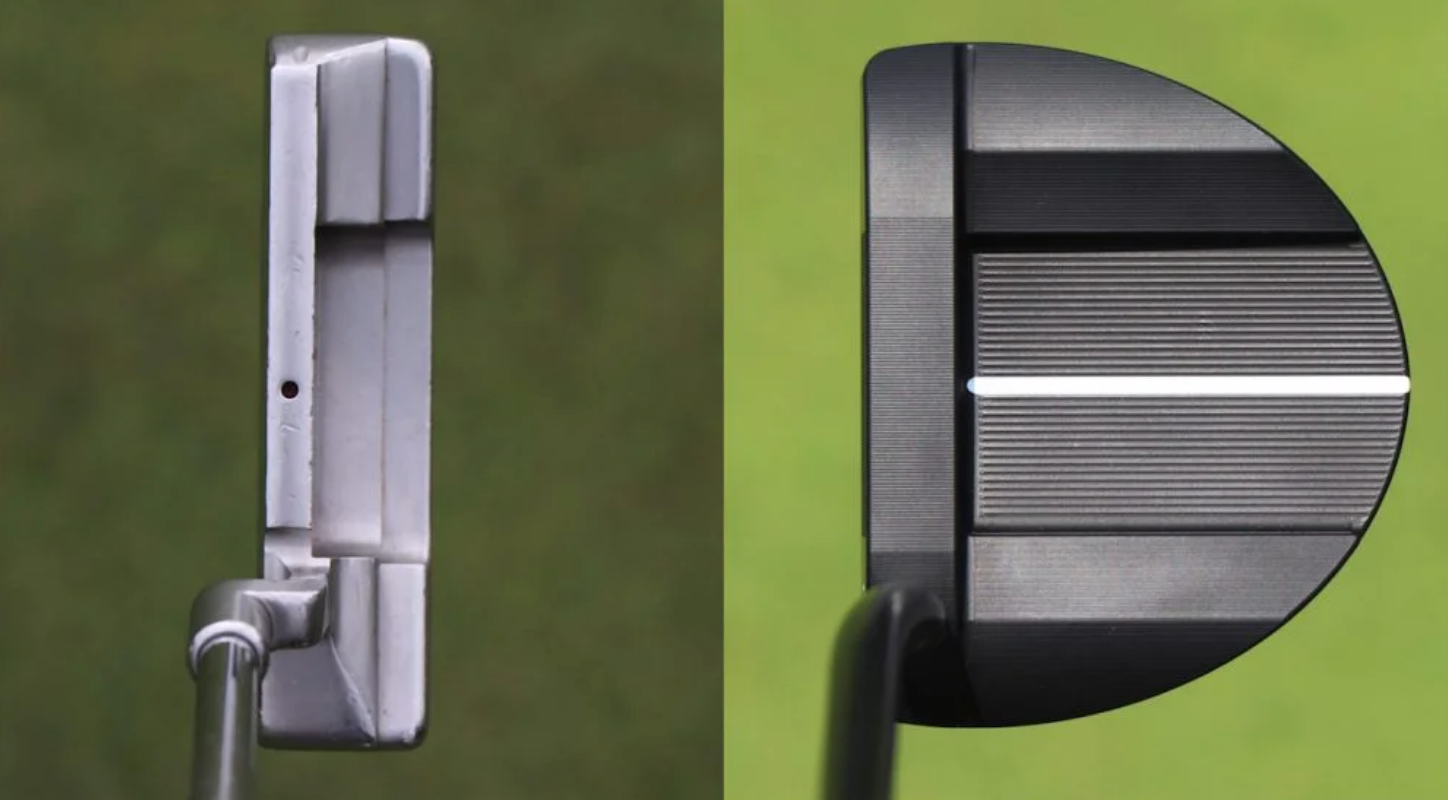
If any club in the bag gets majorly overlooked when it comes to fitting, it’s the putter. While putters all have low lofts and are hit at low speeds, matching up the right head design for your stroke can be crucial for improving your game.
All putters are not made alike. There are blade styles with significant toe hang made for golfers with arcing strokes, mallet styles with face-balanced designs better for straight-back, straight-through strokes, and everything in between. Also, the putter market is flooded with putters that have different alignment lines, face inserts, shaft designs, grips, lengths, weight, etc. Frankly, it can be a bit overwhelming to find the right putter, but that’s where a fitter comes in.
Professional fitters can help you identify what style stroke you have and what putter design will give you the best opportunity to make more putts. Some golfers putt their best with oversized mallets, thick alignment lines and jumbo grips, while others prefer blade putters with no alignment lines at all. The only way to really know what’s best for you is to get with a fitter and try a bunch of different options.
Putter testing can be fun, just don’t forget that once you commit to a putter, try to commit to using it for at least one month, according to Tim Briand, Senior VP of GOLF.com’s sister company True Spec Golf.
4) Golf balls aren’t just golf balls
Yes, most golf balls are round and white and have dimples, but there’s so much more to it than that. Manufacturers design golf balls with different materials, structures and dimple patterns to influence performance, feel and cost. Also, there’s a mind-numbing amount of options in the golf ball market.
So, how does one go about finding the right golf ball for them? This article where we break down the technology and price points of each golf ball is a great place to start. Aside from that, a golf ball fitting will help you get more personalized information and assistance. Also, if you have the means to purchase sleeves of multiple different golf balls, it may help to conduct your own golf ball testing at a local short game area.
Pro tip: Local pro shops or golf stores will often have a deal on used golf balls. Purchase a big bag or two of golf balls with different models and bring them to a local short game area. Take note of things like sound, feel, launch, and spin. You will quickly figure out which golf balls you prefer from a feel and performance standpoint.
For the most part, as you may expect, higher-end golf balls typically offer more performance benefits, such as greater spin. Top shelf golf balls, like the ones used on Tour, have urethane covers that are soft and allow the grooves of a wedge to dig into them more easily and create more friction. That doesn’t mean you need an expensive urethane golf ball to play great golf, it’s just helpful when it comes to creating spin in the short game. Price range will likely dictate what golf ball you play with from round to round, but just know that the decision isn’t completely meaningless; golf ball designs do make a difference in performance.
5) Poorly fit equipment can wreak havoc on your game
As I discussed at length in a previous article, poorly fit equipment doesn’t just negatively impact your current game, but it can harm your future development, too. For example, if clubs are too heavy for you, that could lead you to make compensations that stick around for far too long. John Daly, for instance, developed his long backswing after growing up using his dad’s heavy adult clubs.
The best way to go about getting on the path to improvement is really to get a full game evaluation. Work with your teaching instructor on creating swing movements that suit your body and goals, and then work with a fitter to match your movements with the right equipment. Getting better at golf takes proper preparation, not just hard work; practicing a lot with the wrong equipment can actually prove detrimental.
6) Fitting is more than just a one-time thing
Getting a proper equipment fitting is a great investment for your game, but remember that things can change. Whether it’s on purpose or not, our bodies and our swings change overtime. That being the case, it’s important to keep an eye on any weird trends popping up in your game over time. For example, if you notice your divots are starting to look deeper on the toe side, maybe it’s time for a lie angle adjustment. Or, maybe you’ve been working on gaining swing speed and now you’re spinning the ball way too much; a loft or shaft change may be in order.
It may help to think about golf equipment like buying a suit; it’s smart to get it tailored, but just because it fits perfectly now doesn’t mean it’ll fit the same in a year or two.
7) Clean grooves and grips can actually help
This one is a bit more obvious, but it’s no less important than anything else on the list. Clean grips can help provide extra confidence during your swing that allows you to focus on hitting the proper shot. Think about it; will you swing the club confidently if you’re worried about your hands slipping on slick grips? Probably not. Also, clean grooves on your irons and wedges allow you to create maximum spin to help get the ball closer to the hole. Creating spin is all about creating more friction, and sharp groove edges absolutely help accomplish that better than grooves with dirt caked into them.
I’m sorry to leave you with such mundane housekeeping advice, but we all need to hear it from time-to-time.
For more on the latest gear news and information, check out out latest Fully Equipped podcast in the Spotify embed below!
